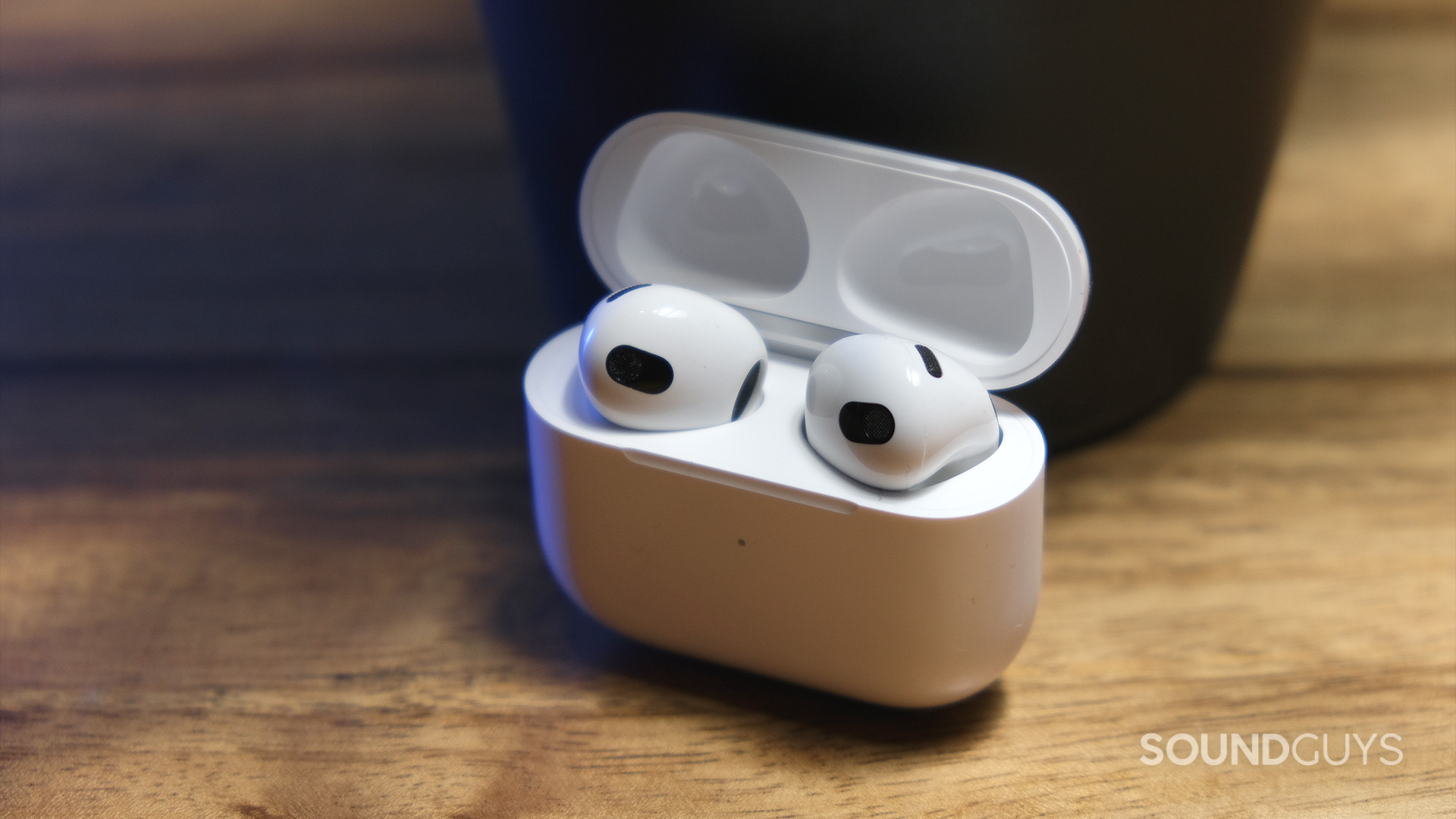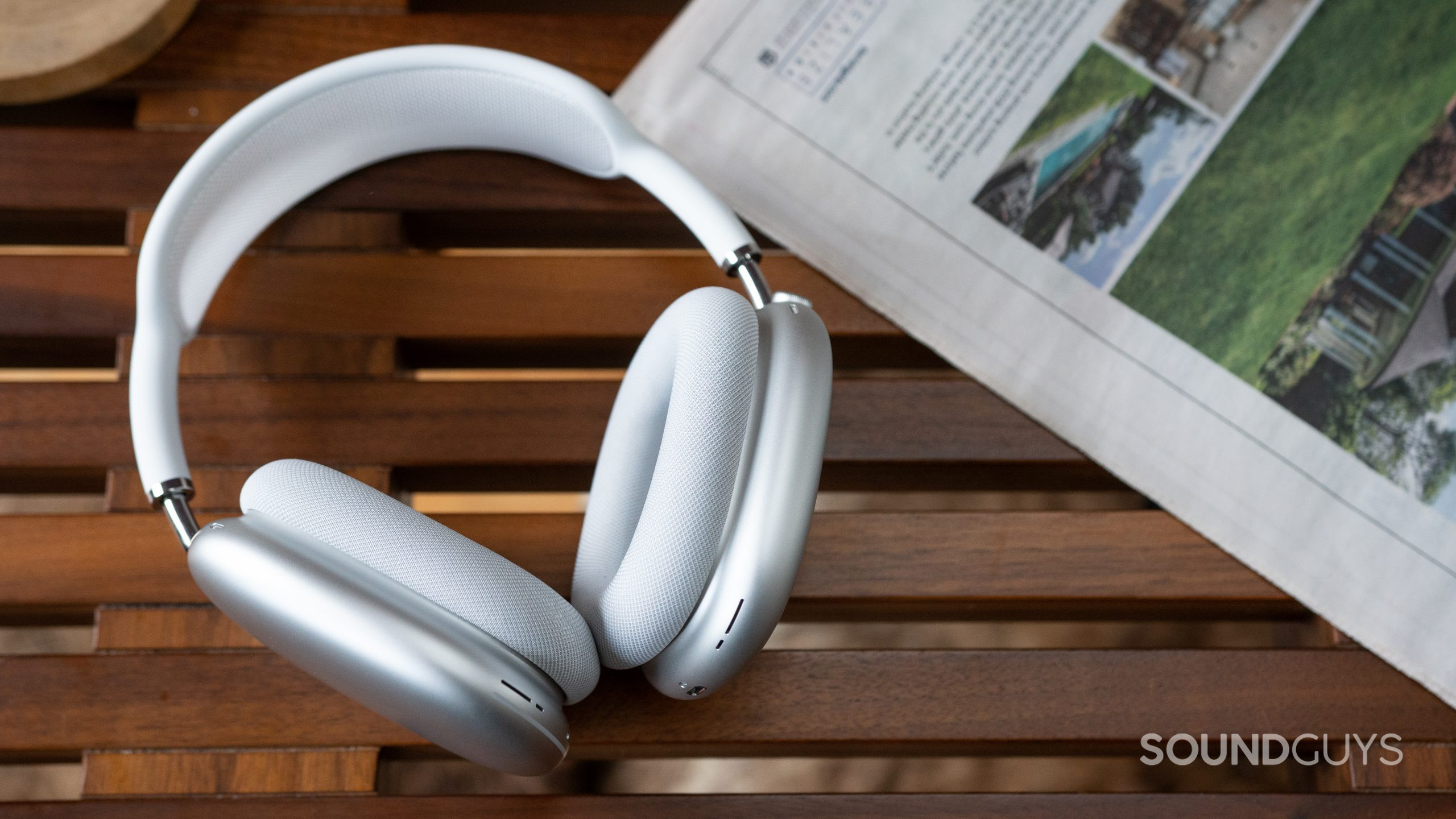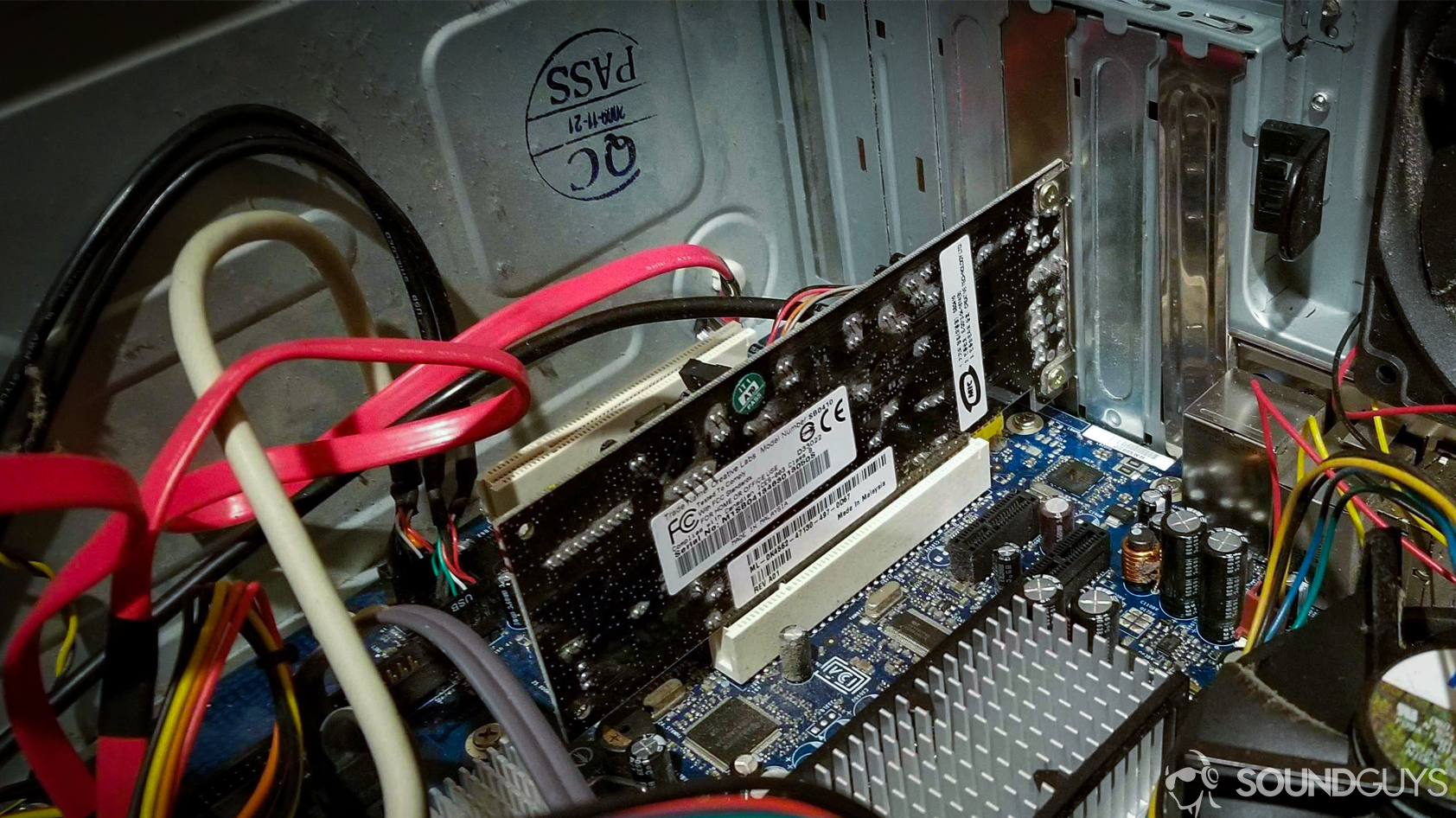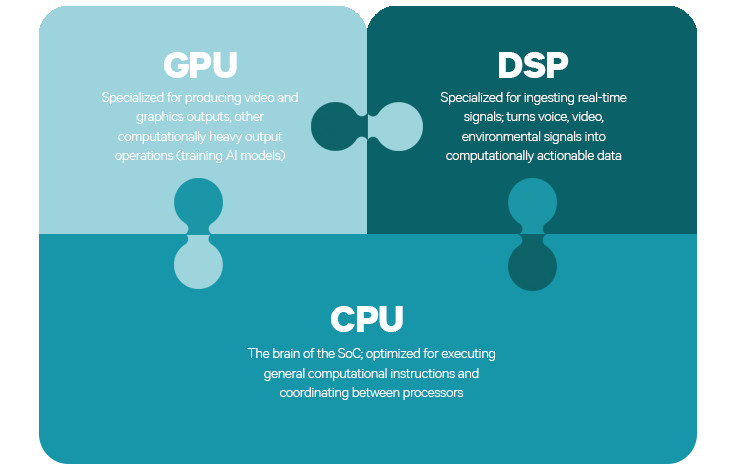All products featured are independently chosen by us. However, SoundGuys may receive a commission on orders placed through its retail links. See our ethics statement.
Digital signal processing (DSP) explained
January 8, 2025
While it’s been around for decades, the audio industry is starting to adopt DSP as the next big feature in audio products. The Apple AirPods Pro, Sony’s 360 Reality Audio, and even the Amazon Echo speakers all make use of DSPs in their hardware, so just what is it? And on top of that, what is it going to change about the consumer audio experience?
Editor’s note: this article was updated on January 8, 2025, to update verbiage now that the market has evolved over the intervening years since this article was published.
What is digital signal processing (DSP)?
DSP stands for Digital Signal Processing or processor, which sounds pretty self-explanatory. The technology is found inside headphones, smartphones, smart speakers, studio audio gear, vehicle entertainment systems, and much more. It’s a cornerstone of modern audio products.

You’re probably familiar with the idea of a processor from a computer’s CPU, which is designed as a multi-purpose processor. A DSP is a processor dedicated to number-crunching digital signals like audio. It’s designed to perform mathematical functions like addition and subtraction at high speed with minimal energy consumption.
DSP chips appear in a variety of sizes, prices, and performance points, from multi-channel processors in cars and professional studio equipment to tiny low-power chips for smart speaker voice recognition. They’re used to speed up the execution of audio-related algorithms while consuming less power than a typical CPU.
If a device is processing audio, it's nearly guaranteed to have a built-in DSP.
For example, there’s a DSP inside your smartphone to decode MP3 files, boost the bass of your music, run the math for active noise cancelation, and recognize your voice when you say “Hey, Google!” DSP units are also found inside wireless headphones to convert Bluetooth streamed data back into audio signals, and in-home cinema speakers to decode data streams into a surround sound experience. If it’s processing audio, there’s almost certainly a DSP in it.
How DSP will change your music listening forever
DSPs matter because they’re an essential part of modern audio equipment, from headphones to automotive speakers, and professional equipment. A high-quality DSP will give you processing power for high-quality effects ranging from on-device EQs to voice recognition, active noise cancellation, and surround sound capabilities. Premium DSPs also require very little power, prolonging the battery life of your devices for longer listening.
However, DSP capabilities aren’t something you’ll find on many (if any) spec sheets. With headphones, DSPs are bundled in with the Bluetooth chip’s capabilities — while other devices often provide ADC, DAC, and speaker driving capabilities, along with the DSP, on a single chip. Instead of looking out for processing specs, DSP capabilities manifest in other product capabilities, like those mentioned above.

For example, the Apple AirPods Max uses a DSP to constantly adjust the performance of the headset to optimize the audio quality based upon what it thinks is ideal. Additionally, Sony’s 360 Reality Audio can adjust its signal to achieve its magic by using a map of your ear and a machine learning library designed to calculate how your outer ear alters sound. More products also use a DSP to incorporate hearing test results to help you use your earbuds and headphones as over-the-counter (OTC) hearing aids. All this in the mission to bring your audio to as close as perfect for you as possible.
Even hardcore nerds like our staff use after-market DSP boxes to do things like correct performance for bookshelf speakers, headphones, and even calibrate virtual surround sound systems included in products like the Sennheiser Ambeo Soundbar. By using a DSP unit with an appropriate microphone, you can measure the output of your audio gear in any environment and correct the output to sound the way you want it to.

By using a modern DSP, you no longer need to hope that your audio gear will sound good, you can force it to at any time by having the electronics compensate for shortcomings on the fly. This is a big departure from the past, as the use of DSP boxes used to be the domain of only the hobbyist or obsessive. Not anymore!
How does a DSP differ from a CPU?
To quickly cover the basics, any processor is built on a few core principles. Namely: decoders that convert code into operations that tell the processor what to do, registers and memory for storing operations and data, and execution units for crunching math and moving data around. This is what is known as the processor’s architecture.
By using a modern DSP, you no longer need to hope that your audio gear will sound good, you can force it to at any time by having the electronics compensate for shortcomings
The key bit to understand is that you can build an execution unit to run one or several of the wide range of mathematical operations out there. It’s a matter of the desired use case and power budget as to what you’ll build these units to do. Simply packing in every possible option would be hugely wasteful in terms of size and power consumption. General CPUs include execution units for basic things like addition, subtraction, multiplication, and division, but won’t accelerate rarer, more complex operations in hardware.
In a nutshell, a DSP is optimized for the most common tasks used in digital signal processing workloads. The list includes floating-point mathematics, the modulo operation, saturating arithmetic, multiply-accumulate (MAC), and fused multiply-add (FMA) operations. These functions are often required in the filter, Fourier transform, codec encoding, and other DSP algorithms. Digital signal processors are typically built to run a number of these operations in parallel (a superscalar architecture) for much faster processing with lower clock speeds than a typical CPU.

DSPs also use highly optimized memory systems. Because audio samples are time-dependent they are fed in and out of the DSP using looped or first-in-first-out (FIFO) buffers. DSP memory architectures are optimized for this highly ordered data stream, unlike CPUs which use remappable blocks of memory where the specific location of a register is often less important. In this sense, DSP architectures are an ordered pipeline while CPUs often run much more out-of-order. As such, DSPs also rely heavily on direct memory access (DMA), which moves data in and out of buffers at regular intervals without consuming processing time. You won’t find this used in general-purpose CPUs very often either.
Overall, DSPs are optimized in two key areas compared to general-purpose CPUs. They accelerate common DSP mathematical operations in hardware and boast specific memory architectures designed for real-time data streams. The net result is faster and more efficient processing of audio and some other data types.
Why do DSPs matter?
Many more high-profile companies are starting to embrace the transformative power of a properly-used DSP. From accurately making 3D audio, to automatically optimizing music, to enabling the next generation of Bluetooth audio codecs, the increased amount of development in the DSP field is going to change how we listen in very stark ways.
While it may be a slow burn, there’s never been a more exciting time to see where personal audio will go.
Thank you for being part of our community. Read our Comment Policy before posting.